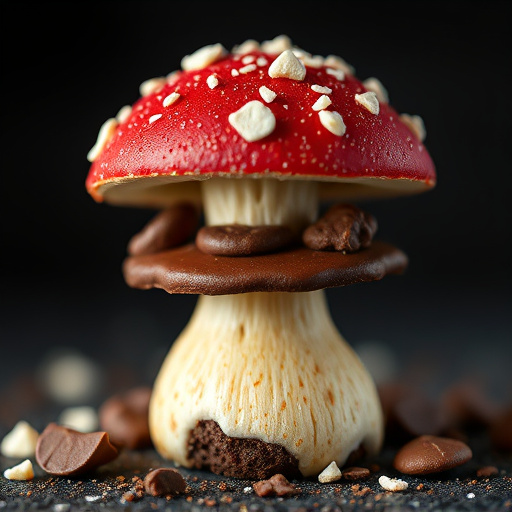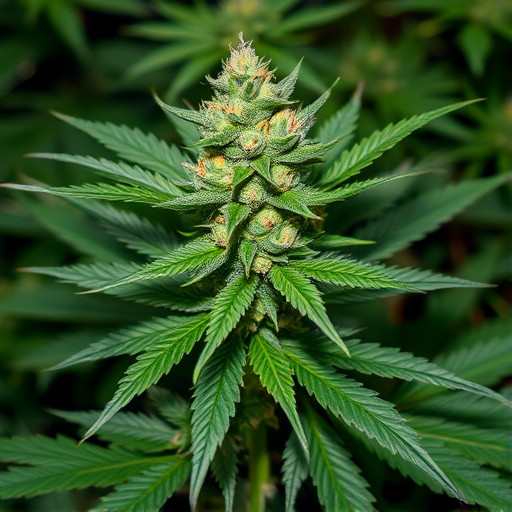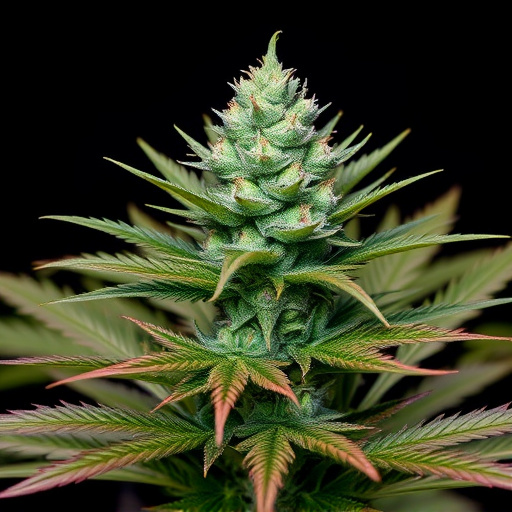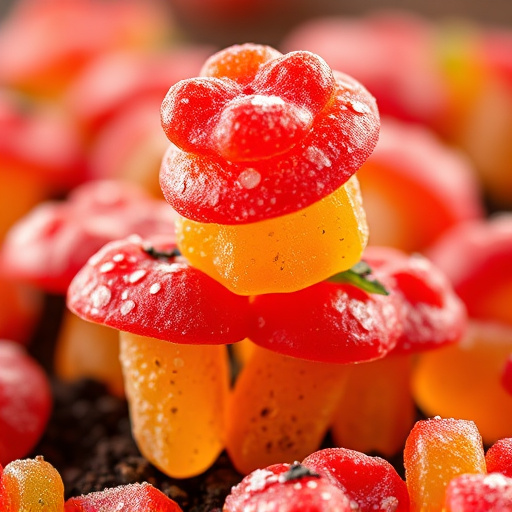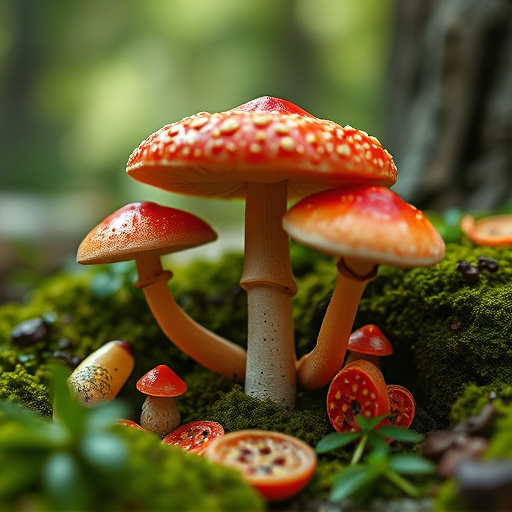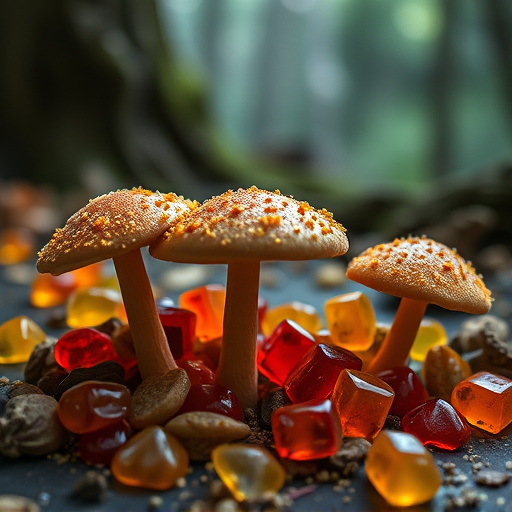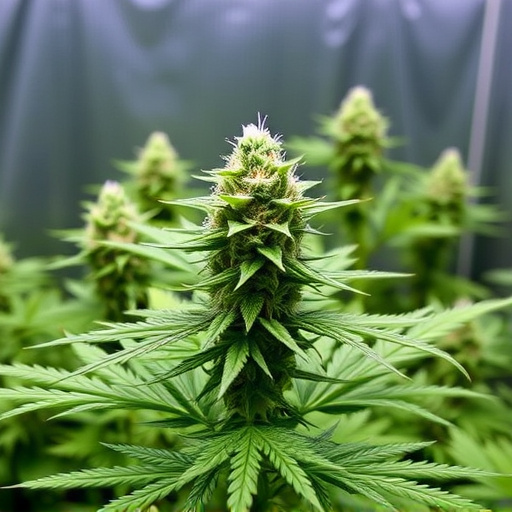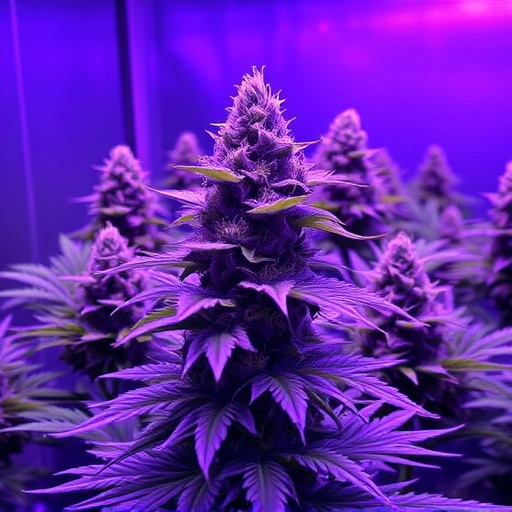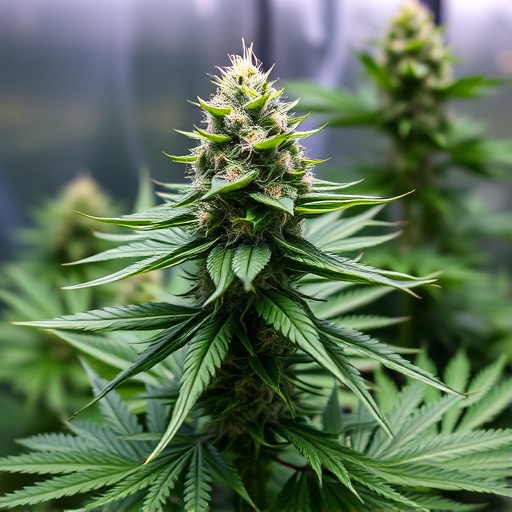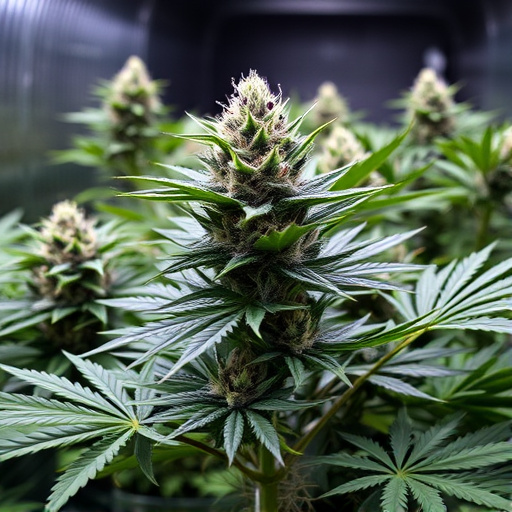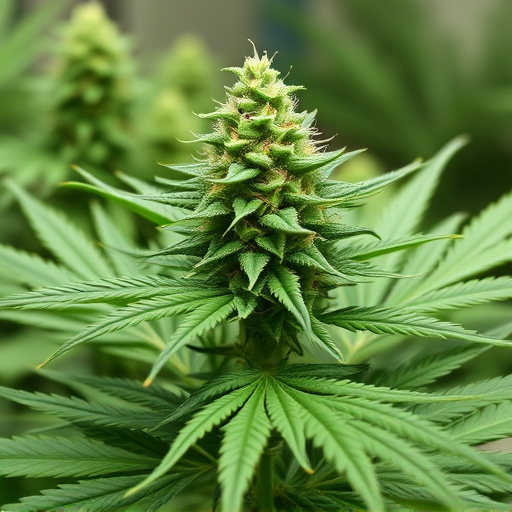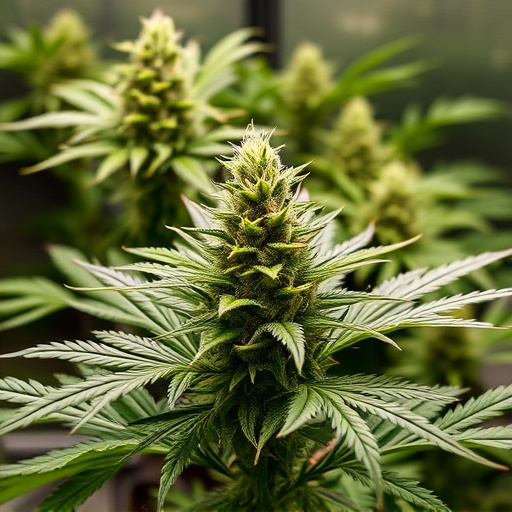While the best indoor cannabis strains offer therapeutic benefits, they carry health risks, including anxiety, paranoia, cognitive function impairment, and respiratory/cardiovascular issues. Indoor farming guzzles energy, consumes water, and increases pest/disease outbreaks, leading to toxic pesticide use. To ensure a healthier environment and comply with regulations, cultivators must adopt sustainable practices, such as advanced air filtration, precise temperature control, vertical farming, and strict sanitization.
Discover the potential risks and benefits of cannabis flower, with a focus on top-tier indoor strains. While these plants offer therapeutic benefits, their consumption isn’t without health considerations. This article explores environmental sustainability concerns, from pesticide usage in indoor farming to energy consumption. We also delve into safety measures and best practices for growing and using these sought-after best indoor cannabis strains responsibly.
- Potential Health Risks Associated with Cannabis Flower Consumption
- Environmental and Sustainability Concerns for Indoor Cannabis Strains
- Safety Measures and Best Practices for Growing and Using Top-Tier Indoor Cannabis Strains
Potential Health Risks Associated with Cannabis Flower Consumption
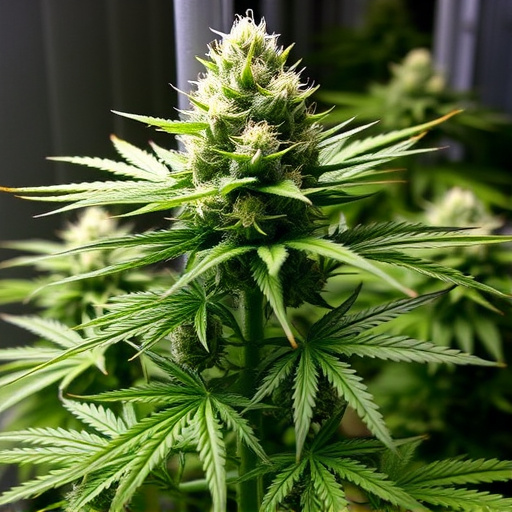
Cannabis flower, despite its potential therapeutic benefits, is not without health risks. Consuming cannabis can lead to various adverse effects, especially when it comes to specific strains cultivated for higher THC levels. The best indoor cannabis strains often have elevated tetrahydrocannabinol (THC) concentrations, which can increase the likelihood of experiencing stronger and potentially more unpleasant side effects. These may include heightened anxiety, paranoia, and panic attacks—especially in individuals who are new to cannabis or have a history of mental health issues.
Additionally, regular consumption of high-THC strains can disrupt sleep patterns and cognitive function, impacting memory and concentration. There is also growing evidence suggesting that long-term cannabis use may be linked to respiratory issues due to the inhalation of smoke, as well as potential risks to cardiovascular health. Understanding these potential health risks is crucial for consumers, especially those seeking relief through best indoor cannabis strains, ensuring informed decisions and responsible use.
Environmental and Sustainability Concerns for Indoor Cannabis Strains
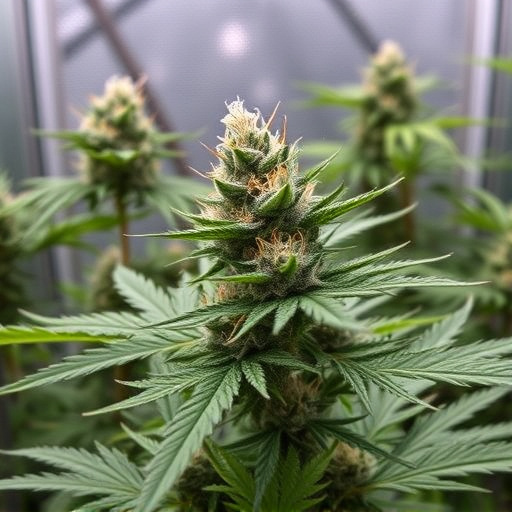
The popularity of cannabis has led to a surge in demand for high-quality indoor cannabis strains, driving innovation in cultivation practices. However, this shift towards indoor farming comes with its own set of risks and environmental concerns. One significant issue is resource consumption; indoor cannabis operations require substantial amounts of electricity for lighting, ventilation, and climate control, contributing to a larger carbon footprint. The search for the best indoor cannabis strains has focused on those that thrive in these conditions, but this can lead to increased water usage and potential strain on local resources.
Additionally, the closed nature of indoor grows raises questions about sustainability. While these methods allow for year-round production and control over environmental factors, they also result in a higher risk of pest and disease outbreaks, leading to the heavy use of pesticides and fungicides. This not only poses risks to the health of workers but also has detrimental effects on the surrounding ecosystem if chemical residues escape into nearby water sources or soil. As consumers seek out the best indoor cannabis strains, it’s crucial to balance high-quality production with sustainable practices that minimize these environmental impacts.
Safety Measures and Best Practices for Growing and Using Top-Tier Indoor Cannabis Strains
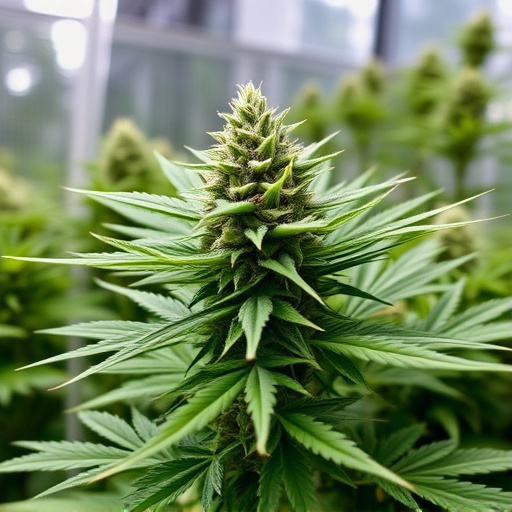
When cultivating top-tier indoor cannabis strains, prioritizing safety measures is paramount to mitigate risks and ensure high-quality yields. Start by creating a controlled environment with meticulous air filtration systems to prevent unwanted odors and pathogens from escaping. Maintain optimal temperature and humidity levels through advanced environmental control, fostering ideal conditions for robust plant growth. Implement strict sanitization protocols between grows to avoid cross-contamination, utilizing disinfectant solutions specifically designed for cannabis cultivation. Regularly test soil and water for nutrient balance and pH levels, ensuring plants receive the right nourishment without excess chemicals.
For optimal results with best indoor cannabis strains, employ best practices such as employing automated lighting systems to mimic natural daylight cycles, enabling precise control over plant development. Implement vertical farming techniques to maximize space utilization, allowing more plants to thrive under the same footprint. Adopt advanced harvesting and curing methods to preserve terpene profiles and ensure superior flavor, aroma, and potency. Lastly, stay informed about local regulations and industry standards, adhering to legal requirements and best practices to protect both your investment and end consumers.
While cannabis flower offers potential therapeutic benefits, it’s crucial to acknowledge and mitigate the risks associated with consumption. When growing or using top-tier indoor cannabis strains, prioritizing safety measures is essential. By adhering to best practices and choosing the right varieties, such as the renowned best indoor cannabis strains, individuals can minimize environmental impact and ensure a safer experience. Understanding both potential health risks and sustainable cultivation techniques empowers users to make informed decisions, fostering a responsible and thriving cannabis industry.
